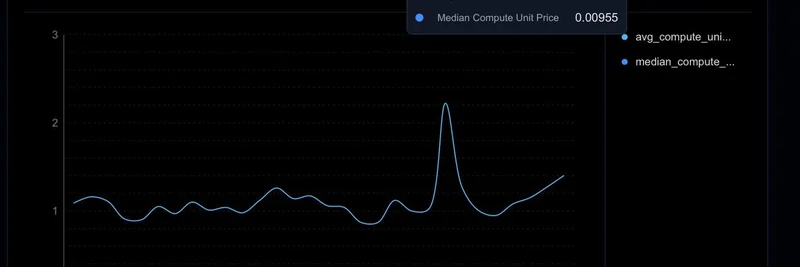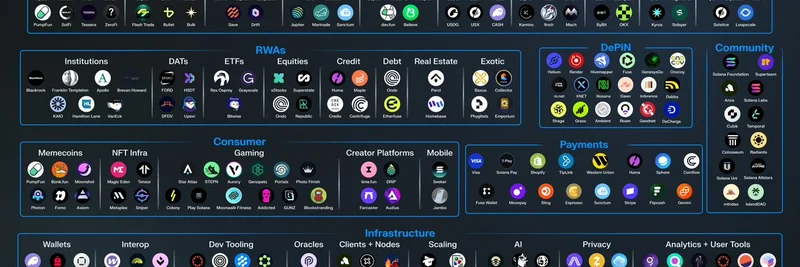If you've been keeping an eye on the Solana blockchain, you might have noticed some interesting movements lately. A recent thread from Top Ledger (@ledger_top on X) highlights a surge in compute unit (CU) bid prices, bringing them back to levels seen during previous market peaks. This isn't just random noise—it's a clear sign of growing demand on the network, especially from trading and decentralized exchange (DEX) activities.
What's Behind the Spike in Solana CU Prices?
For those new to Solana, compute units are essentially the building blocks of transaction processing on the network. Think of them like gas fees on Ethereum, but more granular—they measure the computational resources needed to execute a transaction. Users "bid" on these units to prioritize their transactions, and when demand spikes, so do the prices.
According to the thread, this resurgence is tied to heightened on-chain activity. Solana has long been a hotspot for meme tokens, thanks to its high speed and low costs compared to other chains. But with more traders jumping in—swapping tokens on DEXs like Raydium or Jupiter—the network is feeling the pressure. This increased competition for block space pushes up CU bids, making transactions pricier for everyone.
The graph shared in the post shows average CU prices hovering around 1.40, with a median of just 0.000955. That discrepancy tells a story: while most transactions remain cheap (thanks to the median), a few high-priority ones are skewing the average upward. It's a classic sign of uneven demand, often driven by big players or automated bots in the meme token space.
Implications for Meme Token Traders and Developers
If you're into meme tokens on Solana—think projects like Pump.fun or the latest viral cats and dogs—this surge could affect your game. Higher CU costs mean more expensive swaps, launches, and snipes, potentially squeezing out smaller retail participants. On the flip side, it's a bullish indicator: more activity often correlates with rising token prices and overall ecosystem growth.
Top Ledger points out that with Solana ETFs still pending SEC approval, the market is buzzing with anticipation. Institutional investors are eyeing the chain for its scalability and innovation potential. If those ETFs get the green light, we could see even more volume flooding in, further intensifying the price momentum. For meme token enthusiasts, this could translate to bigger pumps but also more volatility—perfect for those who thrive on the chaos.
Tools to Stay Ahead: Top Ledger Research
In the second part of the thread, Top Ledger promotes their new Research tool (available at research.topledger.xyz), a one-stop shop for Solana data analytics. It's designed for anyone from casual traders to hardcore developers, offering insights into network metrics, protocol performance, and more. They even invite feedback via DMs, showing a community-focused approach that's rare in the fast-paced crypto world.
If you're building or trading on Solana, tools like this are invaluable for spotting trends early. For instance, monitoring CU prices can help you time your transactions better, avoiding peak congestion periods.
Wrapping Up: A Sign of Solana's Maturing Ecosystem
This CU price surge isn't a red flag—it's evidence of Solana's vitality. As the blockchain continues to attract meme tokens, DeFi projects, and now potentially institutional money via ETFs, expect these dynamics to evolve. Staying informed through resources like Top Ledger can give you an edge in navigating the ups and downs.
Whether you're a meme token maximalist or just dipping your toes into Solana, keep an eye on these metrics. They could be the key to understanding the next big move in the crypto space. For more updates on meme tokens and blockchain tech, stick around at Meme Insider.




